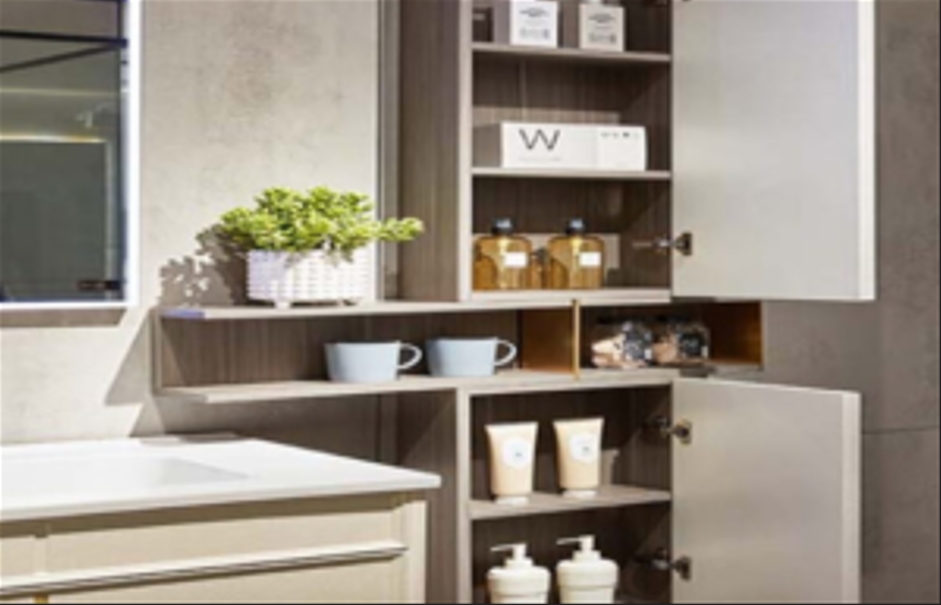- September 27, 2022
- 0
- Blog
PVC/WPC foam board: why will you use it?

Because of its exceptional resistance to scratching and its hard surface, PVC/WPC foam board is an excellent material choice that can be utilized in a broad number of applications. Construction, interior design, and the manufacture of furniture are just a few examples of the many possible applications of this technology. PVC and wood-plastic composite foam boards can also be recycled if the process is done correctly.
Foam board that does not contain PVC has a solid surface that is uniform over the entirety of the board and performs exceptionally well in an extremely wide variety of applications. The term “stiff foam board” is frequently used to refer to this particular variety of foam boards. This material can be used for a variety of purposes, such as printing with a silkscreen, carving, mounting board, and display boards for advertisements, all of which are covered here. Another use for this material is to make display boards.
Key Usages
The PVC/WPC foam board product is capable of a wide variety of tasks, including insulating, soundproofing, sound absorption, and providing heat insulation. These are only a few of the numerous possibilities. Another one of the product’s many strengths is that it is made of PVC foam board, which is a common material used in construction. In spite of this, the factors that have been addressed up to this point are not the only ones that could be taken into account; the list is not exhaustive.
Foam boards made of PVC and wood-plastic composite (WPC) will not melt in the event of a fire and will not give out any harmful odors while the fire is burning. Additionally, this sort of foam board is resistant to fire. All of the items in this series that are made out of PVC and WPC foam board are resistant to the growth of mold and water, they do not absorb liquid, and they offer an extraordinarily high level of shock absorption. These characteristics are shared by both materials.
These properties are present to the same degree in both of these materials. Products from the PVC/WPC foam board series that have been manufactured using a solution that is resistant to the impacts of the environment could keep their original color for an extremely extended amount of time if the solution was used during the manufacturing process. This is because the solution has been treated with a substance that blocks the effects of ultraviolet light. This impact was observed because the solution had an ultraviolet (UV) inhibitor added to it before it was applied to the skin. This explains why the effect was detected.
Flexibility
PVC/WPC foam board can be quickly stacked, moved, and employed in a wide variety of building projects without requiring a great deal of work because it is so lightweight. Because of these advantages, the material is extremely user-friendly and straightforward in its use. PVC foam board can be produced by following the same processes and making use of the same kinds of machinery that are generally utilized in the woodworking industry. This is something that is doable. When working with PVC and WPC foam board, which is an alternative to working with traditional wood, it is possible to use the same kinds of traditional woodworking tools, such as drills, saws, hammers, planes, and glue.
Working with these materials offers an alternative to working with traditional wood. The reason for this is that the same material is used to make both PVC and WPC foam boards. This is owing to the fact that both WPC foam board and PVC are made from the same components during the manufacturing process. As a direct result of this, the material that is being questioned can, at this juncture, be seen as an actual possibility. [Cause and effect] Both PVC and WPC foam boards are able to go through a number of different heating processes, such as hot shaping, heating bending, and heating folding.
Know more about: Difference Between WPC Celuka Foam Board and PVC Celuka Foam Board